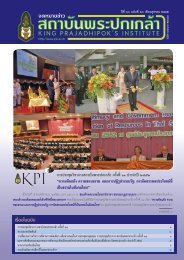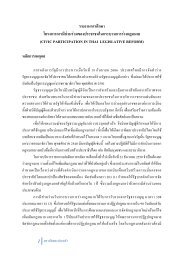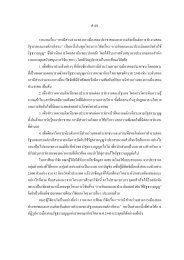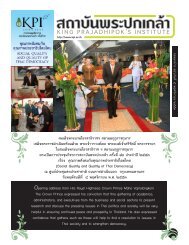SUFFiciENcy EcONOMy ANd GRASSROOtS DEvElOPMENt
SUFFiciENcy EcONOMy ANd GRASSROOtS DEvElOPMENt
SUFFiciENcy EcONOMy ANd GRASSROOtS DEvElOPMENt
Create successful ePaper yourself
Turn your PDF publications into a flip-book with our unique Google optimized e-Paper software.
As the national network grew, maintaining this with a very small staff became difficult and by 2009 the<br />
national network was becoming less responsive to local networks and businesses and was losing its<br />
way. After the 2009 national conference in Denver, a number of the local networks approached the<br />
national board and voiced their dissatisfaction with the announced program direction. After listening to<br />
that, the board dismissed all of he staff and evaluated how they could The get Meaning back of on Sufficiency track Economy as a support <br />
165<br />
organization for grass-roots networks and businesses.<br />
International Conference<br />
Network Analysis<br />
We are all familiar with<br />
Figure<br />
hierarchical<br />
1: Typical<br />
networks.<br />
hierarchical<br />
They are<br />
network<br />
often represented<br />
representation<br />
as in Figure 1.<br />
Since I am going to be representing more complex networks, I would like to<br />
help you visualize this typical network in the same format I will be using.<br />
Figure 1: Typical hierarchical network representation<br />
Since I am going to be representing more complex networks, I would like to help you visualize this<br />
typical network in the same Figure format 2: Simplified I will be using. Hierarchical representation <br />
of the US Chamber of Commerce<br />
5<br />
Figure 2: Simplified Hierarchical representation of the US Chamber of Commerce<br />
<br />
These Figures show figure shows the same number of nodes as the final figure we will look at. None<br />
of these figures These represent Figures actual show network figure data. shows They the are same representational number of nodes only. as the final figure<br />
we will look at. None of these figures represent actual network data. They are<br />
When representational BALLE first formed only. the network that was formed can be represented as in Figure 3. Nodes are<br />
entities and edges are relationships. The strength of the relationship is represented by the thickness of<br />
the line. When BALLE first formed the network that was formed can be represented as<br />
in Figure 3. Nodes are entities and edges are relationships. The strength of the<br />
In this relationship configuration, is represented the strongest by relationships the thickness are of the on line. the periphery within the local networks.<br />
Interaction between the local networks was encouraged but the only real opportunity for that was at the<br />
annual national conference. Consequently, these relationships were the weakest. All relationships here<br />
were bi-directional. As the network grew, the relationship between the local networks and the national<br />
office were weakening and the direction of the communication was becoming more strongly unidirectional<br />
from the national office to the local networks. The local networks increasingly felt that they<br />
were not being heard and not being supported. The national network was collapsing into a hierarchical<br />
structure.














